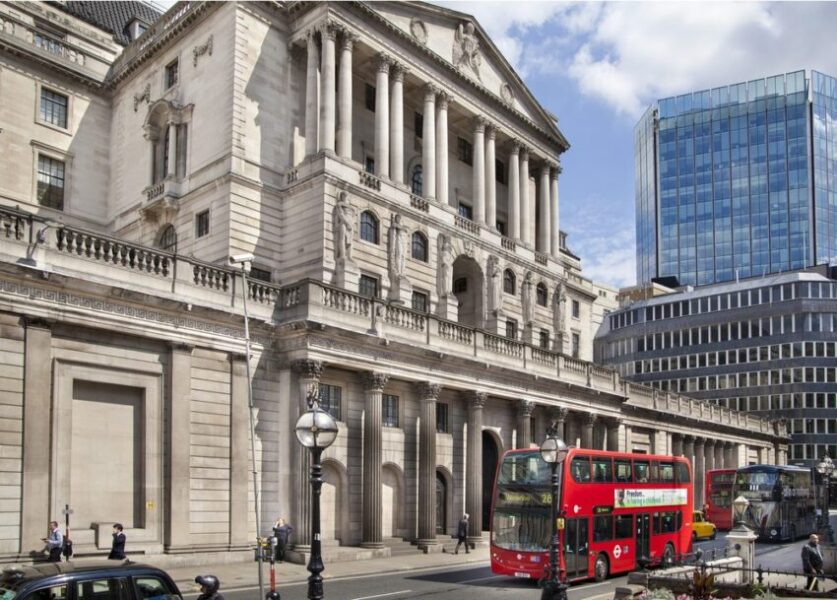The UK’s biggest banks will have to hold up to £1 for every £20 of lending in five years’ time, under tough new rules being introduced by the Bank of England, reports The Telegraph.
The Bank’s Financial Policy Committee has unveiled how large it expects banks’ financial safety nets to be under regulations designed to make them able to withstand crises.
When the Bank of England believes the market is overheating, it will be able to top up how much capital it expects banks to hold, up to a maximum leverage ratio of 4.95pc – meaning they must hold almost £1 for every £20 of lending.
This is well above the 3pc minimum proposed by the Basel Committee on Banking Supervision, the international supervisor.
However, the normal maximum leverage ratio that big banks will have to live up to by 2019, at 4.05pc, is at the low end of the range that had been expected in the run up to the announcement.
Lloyds and HSBC have already surpassed this level, while RBS is at 3.9pc and Barclays is targeting 4pc by the end of 2016.
On Friday, the Bank of England said:
• By 2016, so-called “globally systemic-important” banks – Barclays, Royal Bank of Scotland, HSBC and Standard Chartered – will be subject to a supplementary leverage ratio calculated as 35pc of a Basel-designated systemic risk buffer – how risky the banks are judged to be.
• By 2019, the UK’s eight biggest lenders – the globally systemic banks as well as Lloyds, the Co-operative Bank, Santander and Nationwide – will be subject to another leverage ratio based on a new systemic risk buffer. The Bank will consult on these buffers next year.
• By 2018, smaller banks must hold a leverage ratio of 3pc.
In simple terms, this means that under normal circumstances, the big eight banks will have a leverage ratio of up to 4.05pc by 2019.
If the Bank deems that markets are overheating, they can introduce a “counter-cyclical leverage buffer” of up to 0.9pc, taking it up to 4.95pc.
The Bank of England is introducing the leverage ratio as an additional safety net on top of banks’ capital ratios – which are weighted for how risky loans are. However, regulators fear that these risk weights are unable to spot all potential problems, and so are introducing the leverage ratio.
The decision comes after George Osborne asked the Bank to consult on introducing a leverage ratio. The new regime must now be approved by Parliament.
Industry leaders have warned that a high leverage ratio would push up the cost of mortgages. In its review, the Bank said a few firms are likely to see the leverage ratio be a binding constraint, but the majority would not be.


